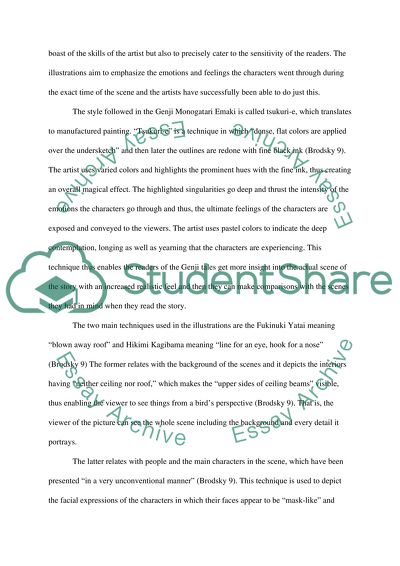Cite this document
(“The Japanese Genji Scrolls Essay Example | Topics and Well Written Essays - 1000 words”, n.d.)
The Japanese Genji Scrolls Essay Example | Topics and Well Written Essays - 1000 words. Retrieved from https://studentshare.org/visual-arts-film-studies/1470556-the-japanese-genji-scrolls
The Japanese Genji Scrolls Essay Example | Topics and Well Written Essays - 1000 words. Retrieved from https://studentshare.org/visual-arts-film-studies/1470556-the-japanese-genji-scrolls
(The Japanese Genji Scrolls Essay Example | Topics and Well Written Essays - 1000 Words)
The Japanese Genji Scrolls Essay Example | Topics and Well Written Essays - 1000 Words. https://studentshare.org/visual-arts-film-studies/1470556-the-japanese-genji-scrolls.
The Japanese Genji Scrolls Essay Example | Topics and Well Written Essays - 1000 Words. https://studentshare.org/visual-arts-film-studies/1470556-the-japanese-genji-scrolls.
“The Japanese Genji Scrolls Essay Example | Topics and Well Written Essays - 1000 Words”, n.d. https://studentshare.org/visual-arts-film-studies/1470556-the-japanese-genji-scrolls.


